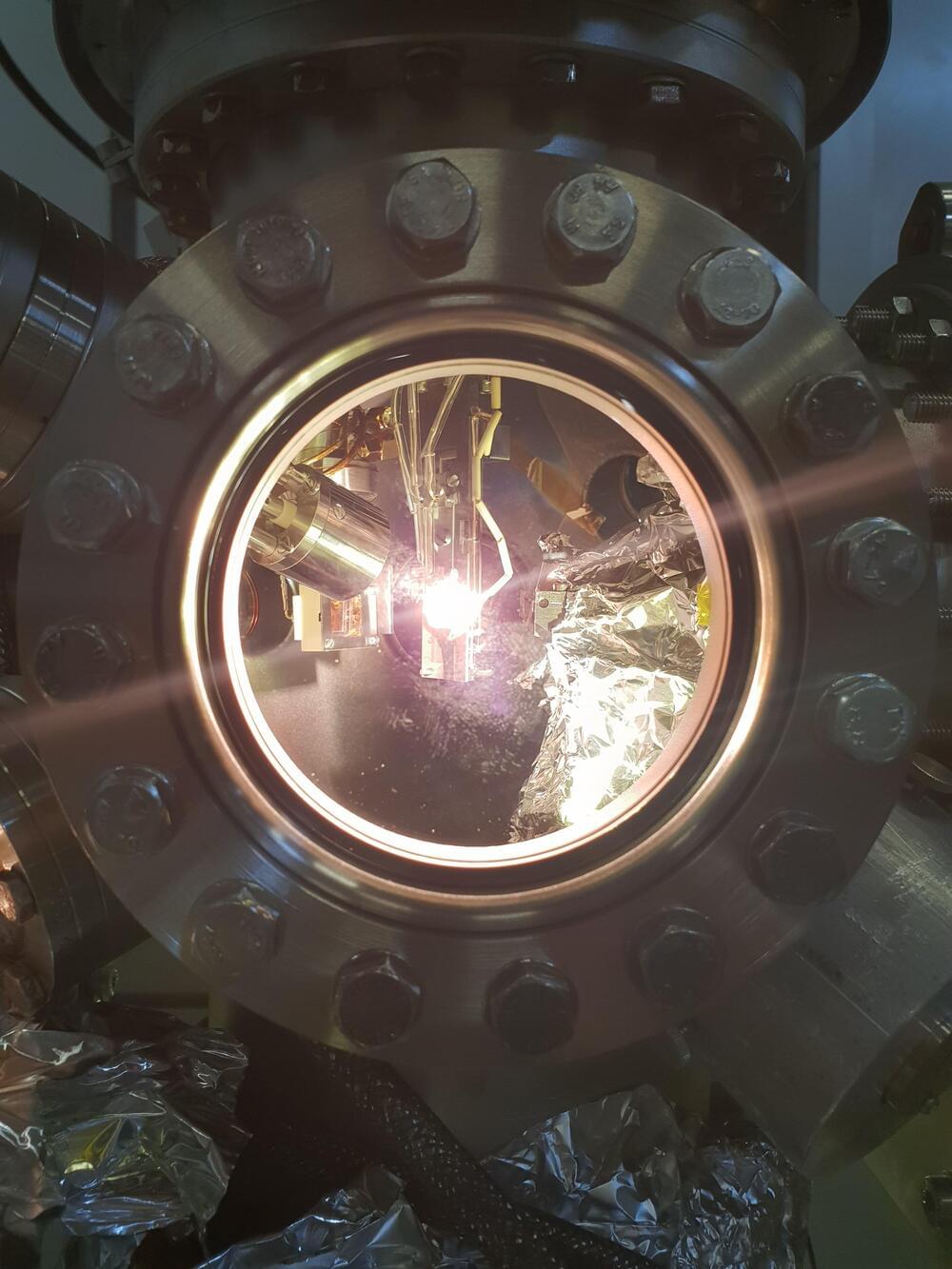Retail giant Amazon has pioneered the idea of automated shopping, as seen with its Amazon Go store format. The first of these launched in January 2018 in downtown Seattle and nearly 30 others have opened since. The concept is now catching on with other companies – including Tesco, the UK’s biggest supermarket and third-largest retailer in the world measured by gross revenues. It has just launched its own automated store in central London.
The rollout of this technology at Tesco Express High Holborn follows a successful trial in Welwyn Garden City, a town north of London. The High Holborn branch has already been a cashless store since it first opened in 2018 and is now checkout-less too.
The newly developed system – called “GetGo” – offers the same products but with a faster and more convenient shopping experience. A customer simply downloads the mobile app, scans the QR code generated on their screen, picks up the groceries they need and then leaves the store.








